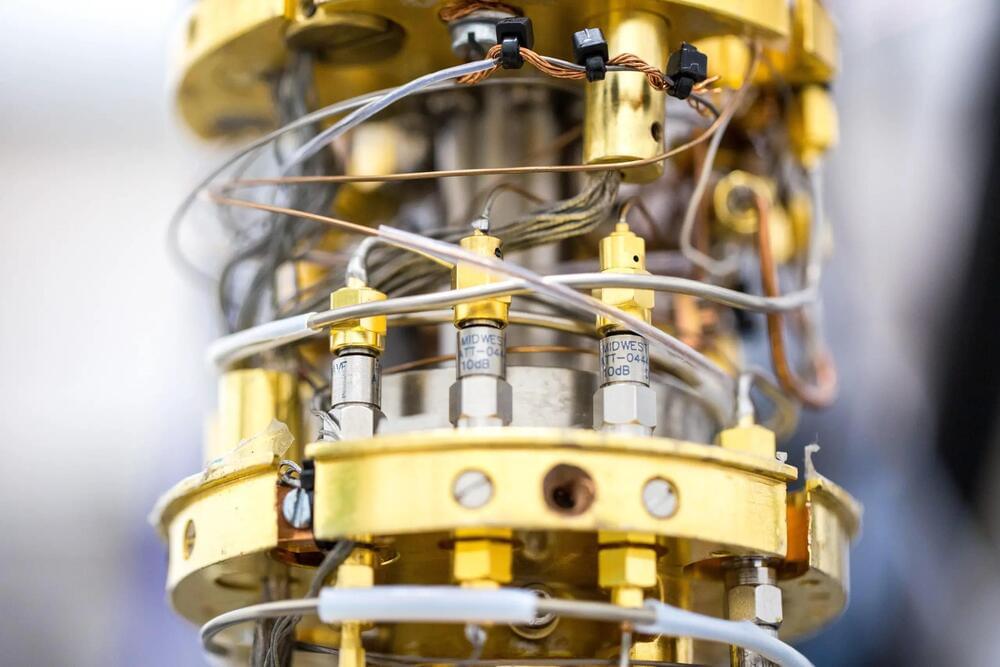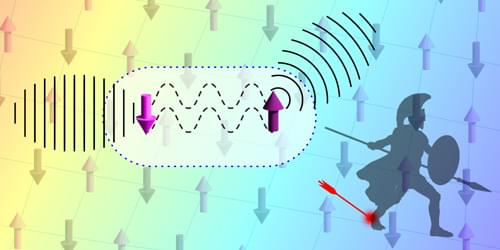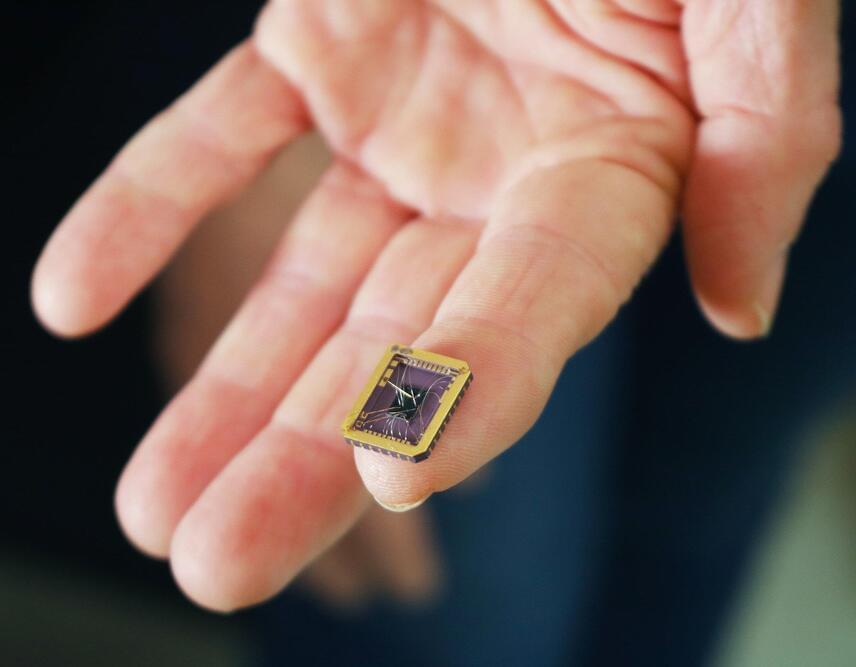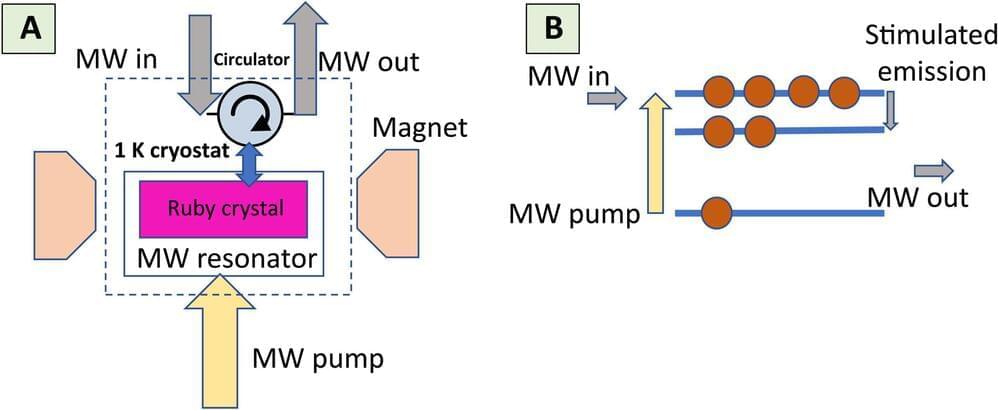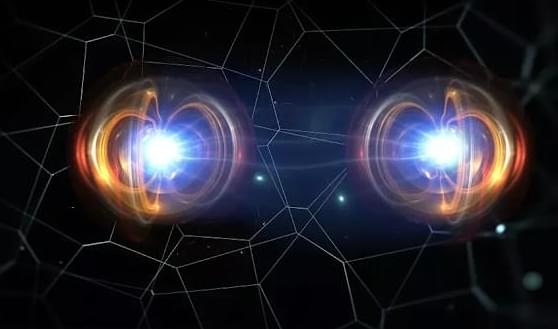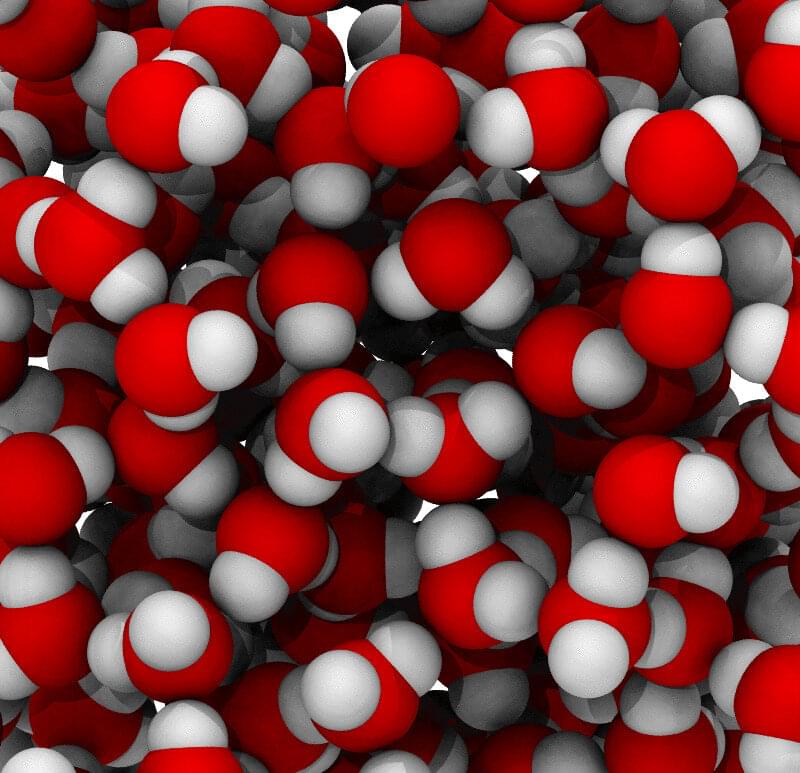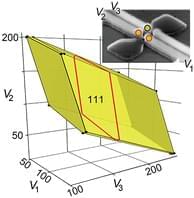We see the world around us because light is being absorbed by specialized cells in our retina. But can vision happen without any absorption at all—without even a single particle of light? Surprisingly, the answer is yes.
Imagine that you have a camera cartridge that might contain a roll of photographic film. The roll is so sensitive that coming into contact with even a single photon would destroy it. With our everyday classical means there is no way there’s no way to know whether there’s film in the cartridge, but in the quantum world it can be done. Anton Zeilinger, one of the winners of the 2022 Nobel Prize in Physics, was the first to experimentally implement the idea of an interaction-free experiment using optics.
Now, in a study exploring the connection between the quantum and classical worlds, Shruti Dogra, John J. McCord, and Gheorghe Sorin Paraoanu of Aalto University have discovered a new and much more effective way to carry out interaction-free experiments. The team used transmon devices—superconducting circuits that are relatively large but still show quantum behavior—to detect the presence of microwave pulses generated by classical instruments. Their research was recently published in Nature Communications.
